Introduction
There are 7 physiotherapists and 3 therapy assistants in our school's Physiotherapy Department. The therapists establish individualized treatment goals and treatment plans based on the students' diagnoses and physical assessments, as well as communication with students' parents and other professional colleagues. Through individual and group therapy sessions, utilizing various high-tech equipment such as exoskeletons and endermologie treatments, we aim to improve students' physical abilities (including flexibility of tendons and joints, muscle tone, strength, balance, and coordination) and functional activities (such as sitting, standing, transfers and walking). We also incorporate treatment elements into classroom activities (such as morning exercises, physical education, life skills and work experience classes), extracurricular activities, and sports development (such as marathons, hippotherapy, wheelchair Karate, and indoor rowing) through a transdisciplinary approach. Students have more opportunities to apply skills they have learnt in both classroom and daily life, further enhancing their physical abilities, self-care, home skills, work skills, communication, intelligence, and social skills. Our goal is to build their awareness and capability for independent living, enabling them to integrate into community and contribute to it.
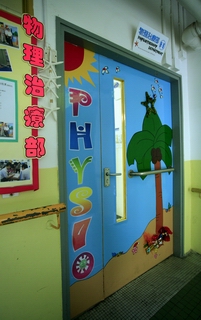 |
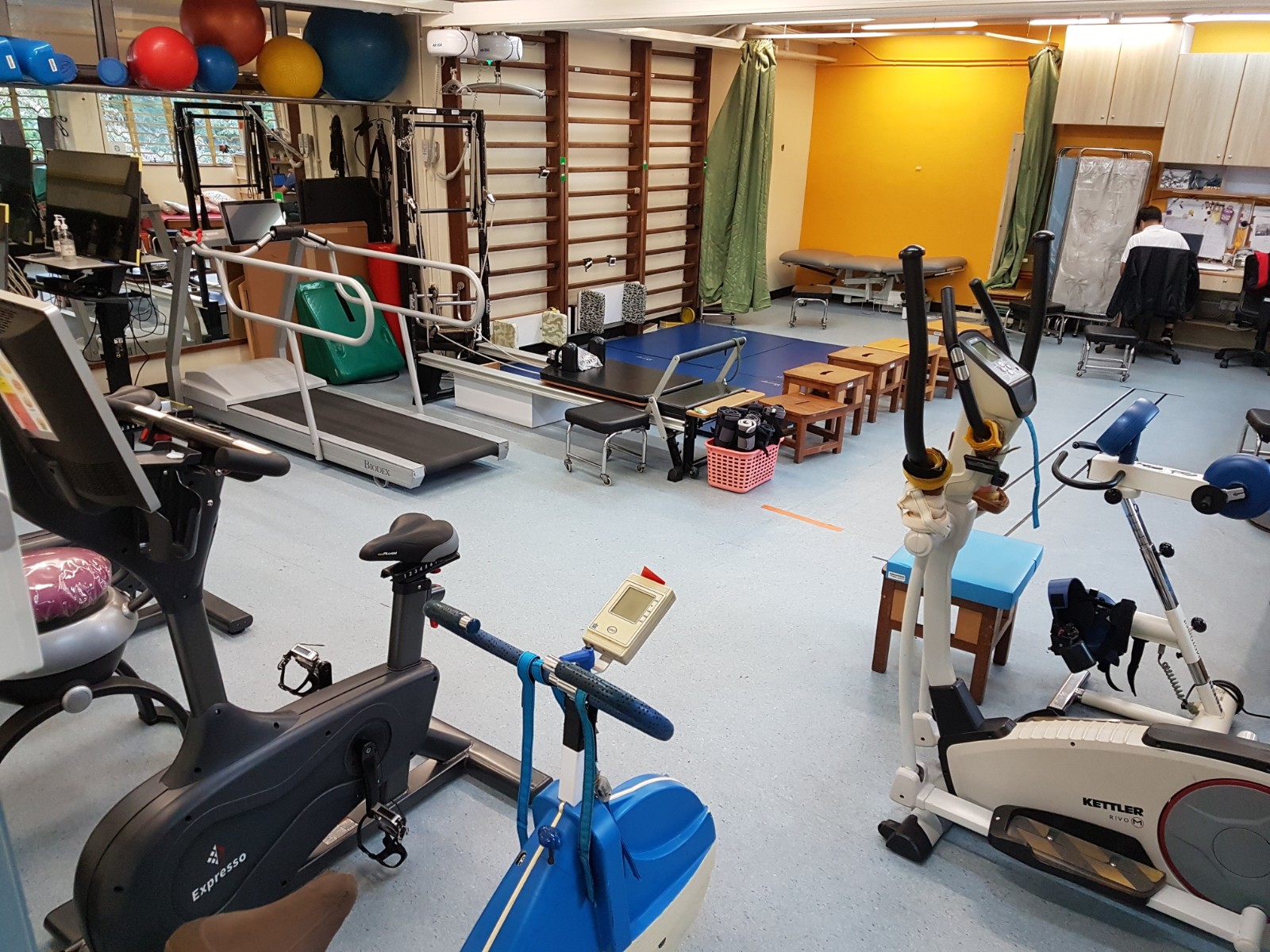 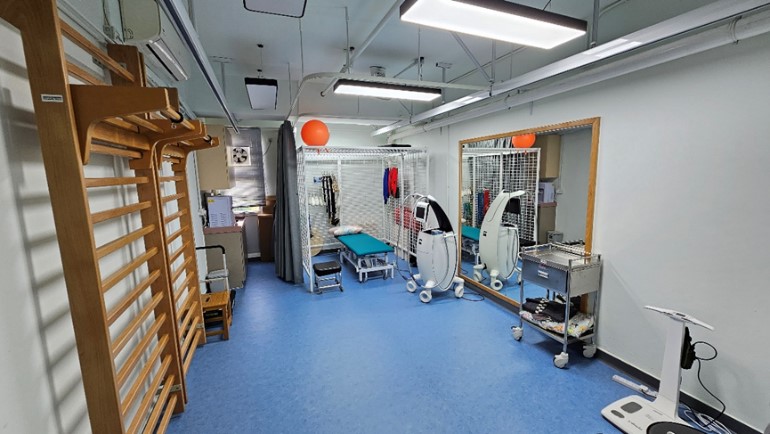 |
|
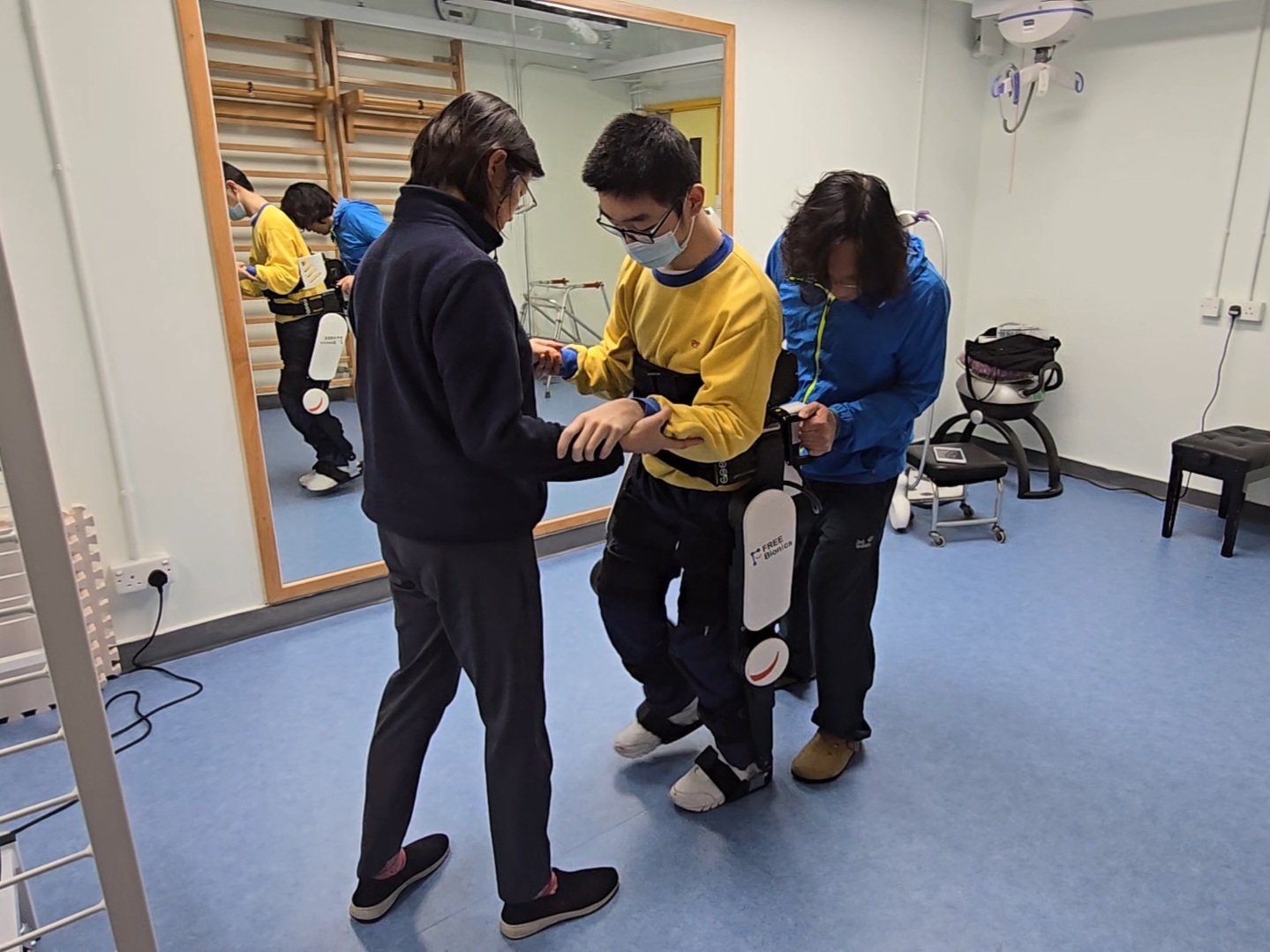 |
 |
|
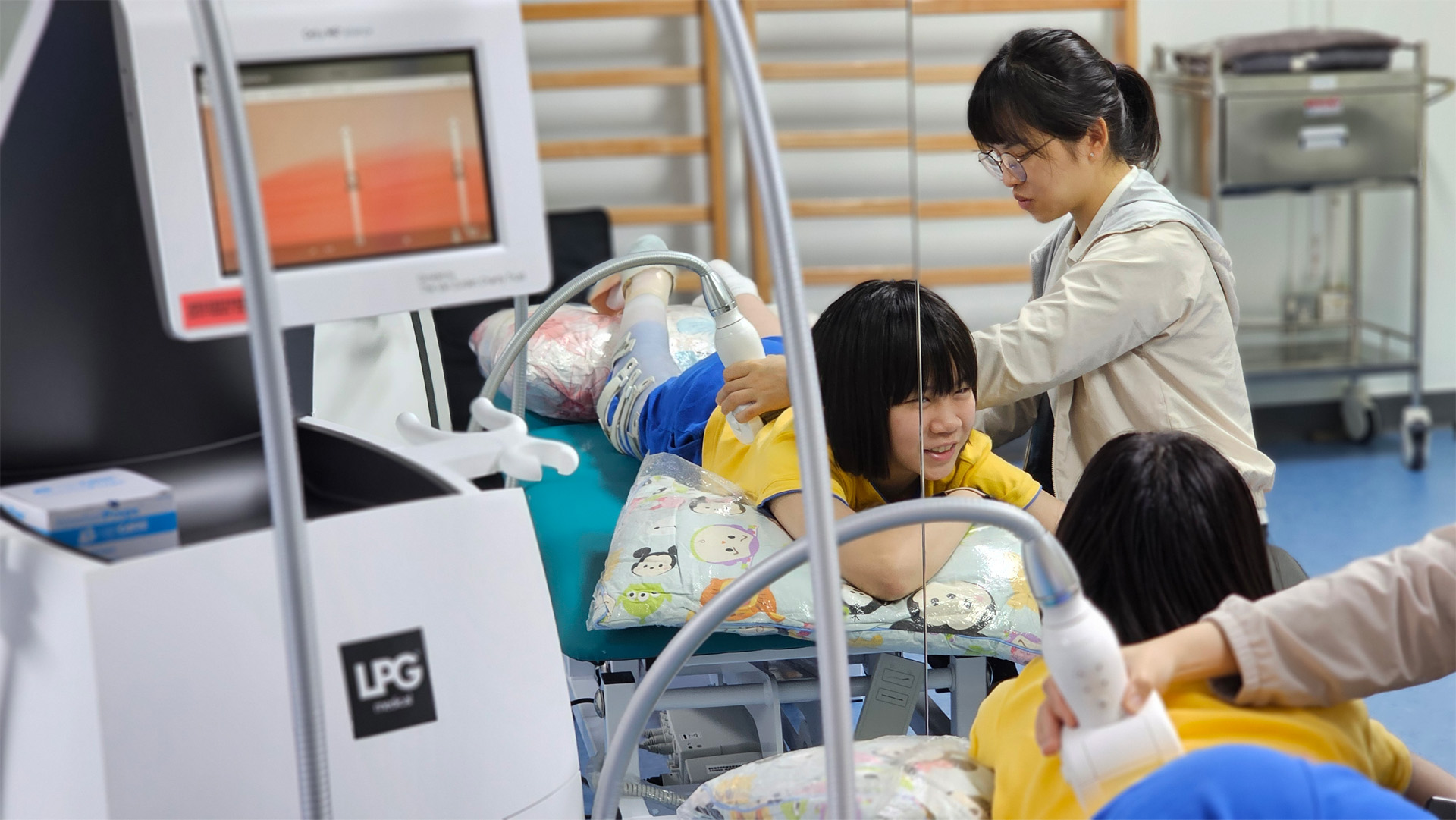 |
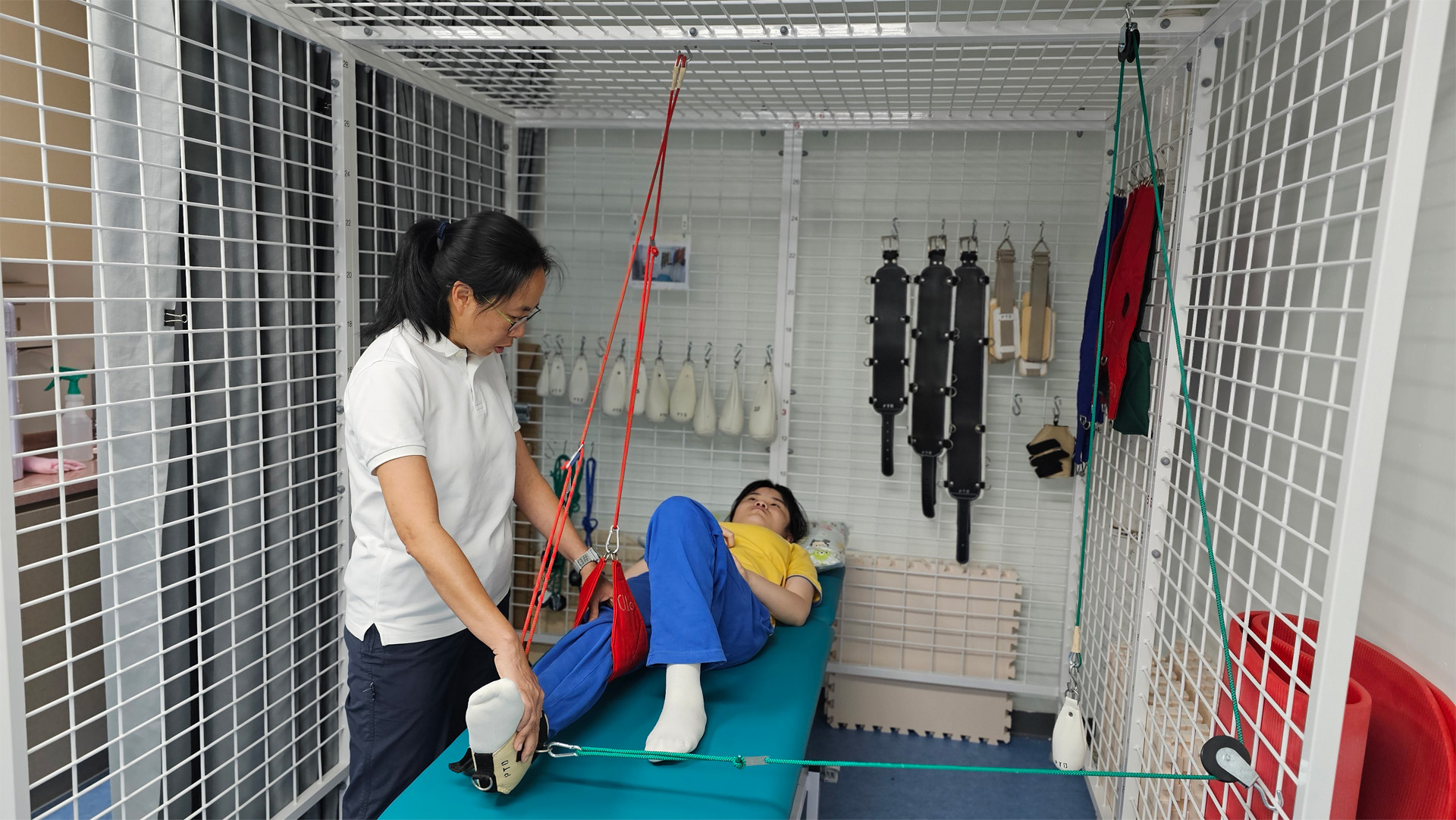 |
|
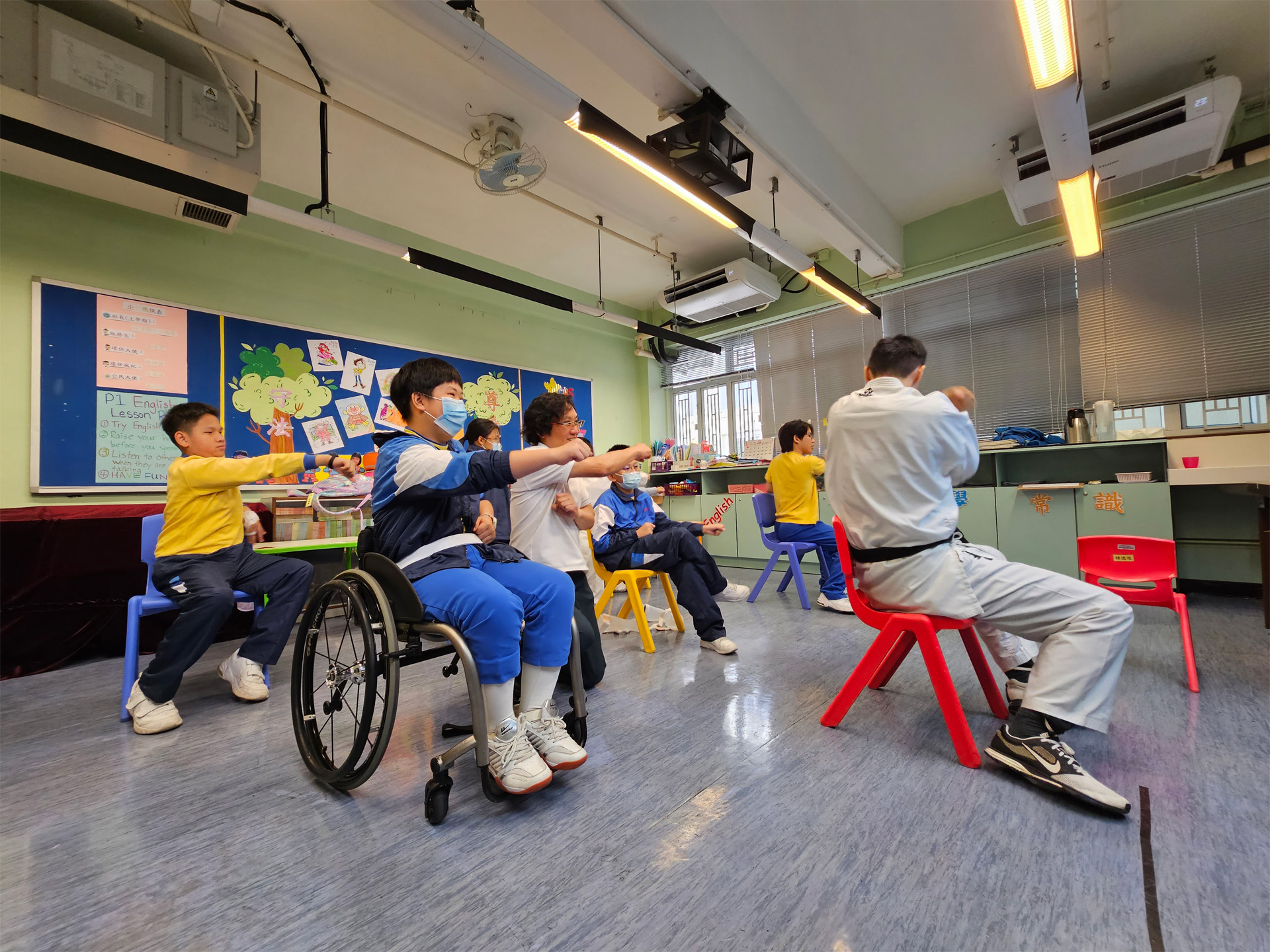 |
.jpg) |
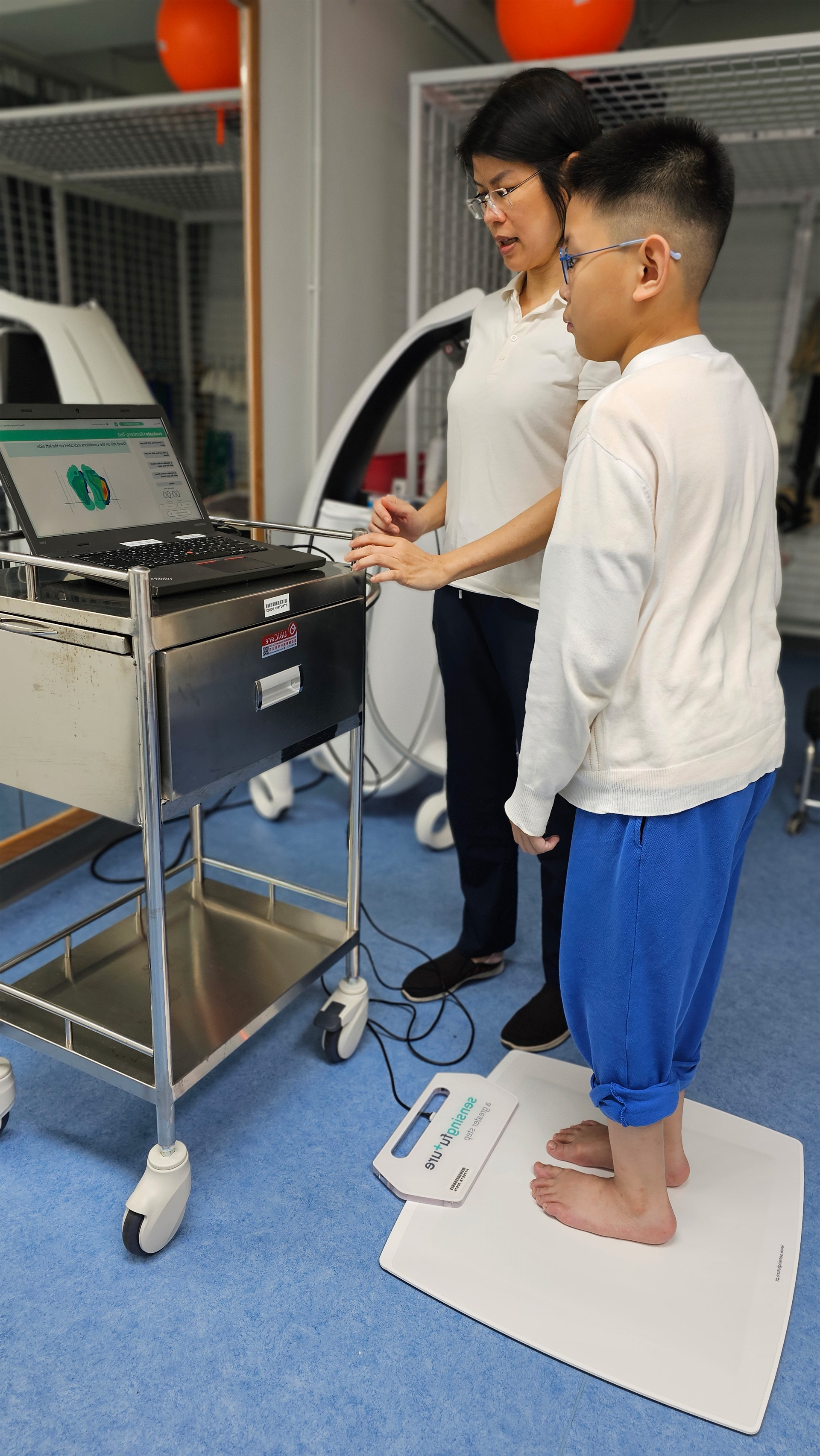 |
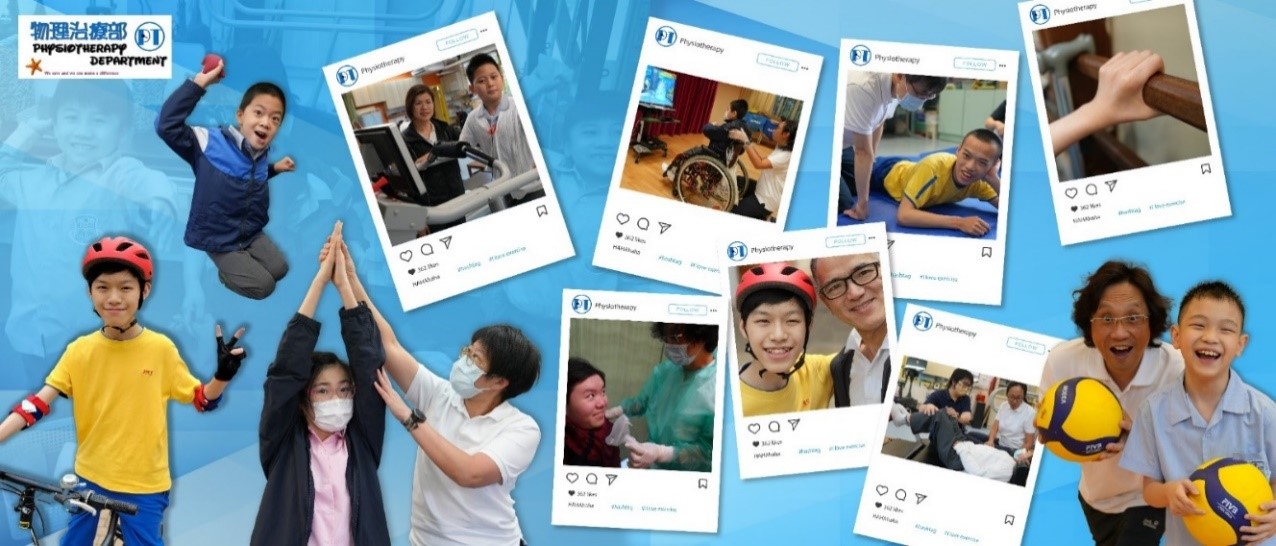 |
||
服 務 範 圍
體能評估 治療訓練 培訓及推廣 與其他機構的聯繫服務
We systematically and comprehensively assess the students' physical abilities, including evaluating the extent of impairment and functional disabilities. Through data analysis, we will understand the fundamental factors affecting their activity, including the impact of neurological reflexes, perceptual abilities, tendon and joint flexibility, muscle strength, muscle tone, skeletal development, fitness (such as muscle strength, flexibility, cardiovascular function, and body fat ratio), sitting and standing postures, walking patterns, balance abilities, coordination skills, and the capacity to handle functional activities such as sitting, standing, transfers, walking, and manual wheelchair maneuver skills. Regular assessments will be conducted to review treatment effectiveness and progress, so as to revise our treatment plans.
| Assessment of muscle strength and joint flexibility | Assessment of balance and coordination | ||
|
|
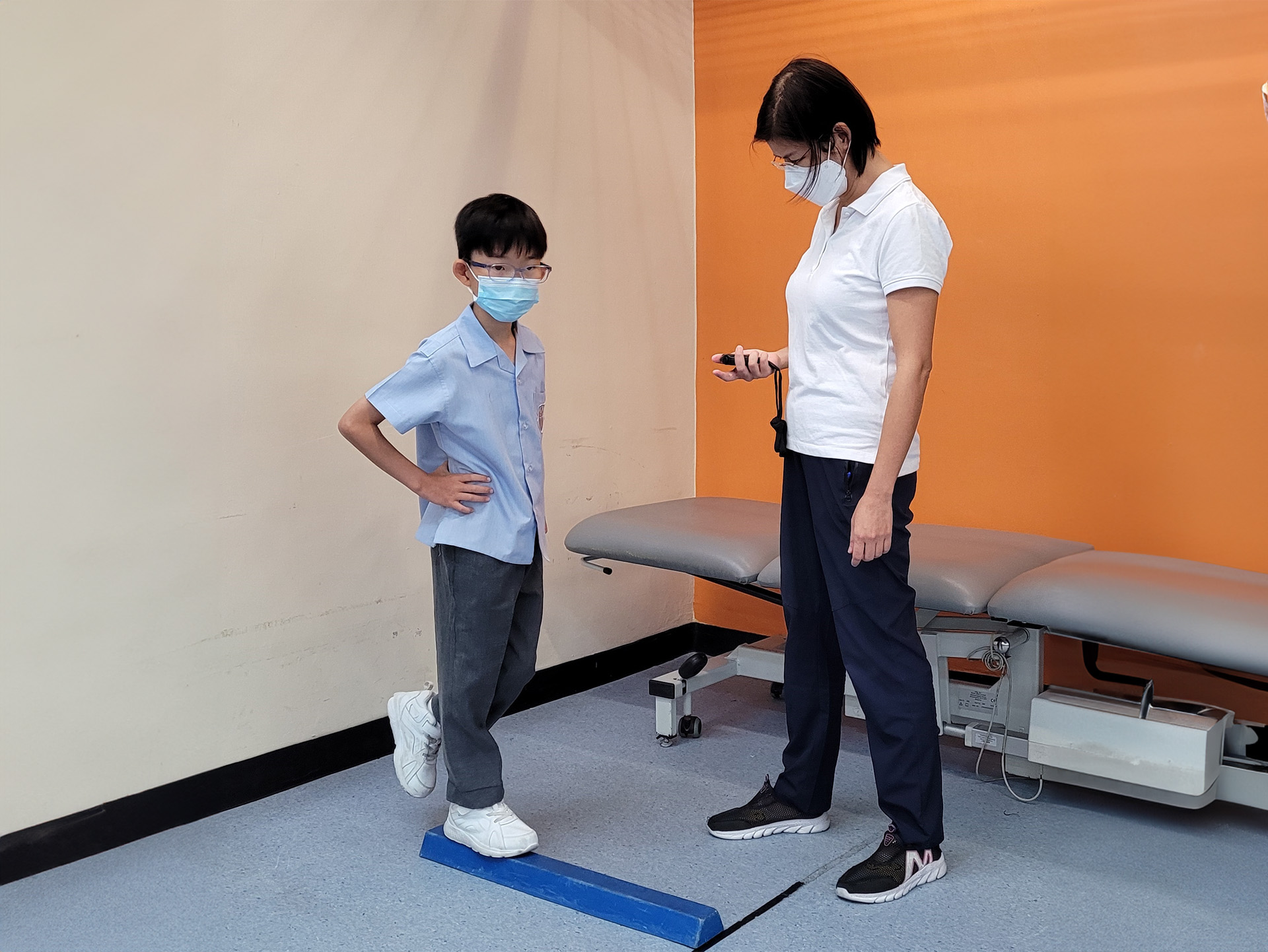 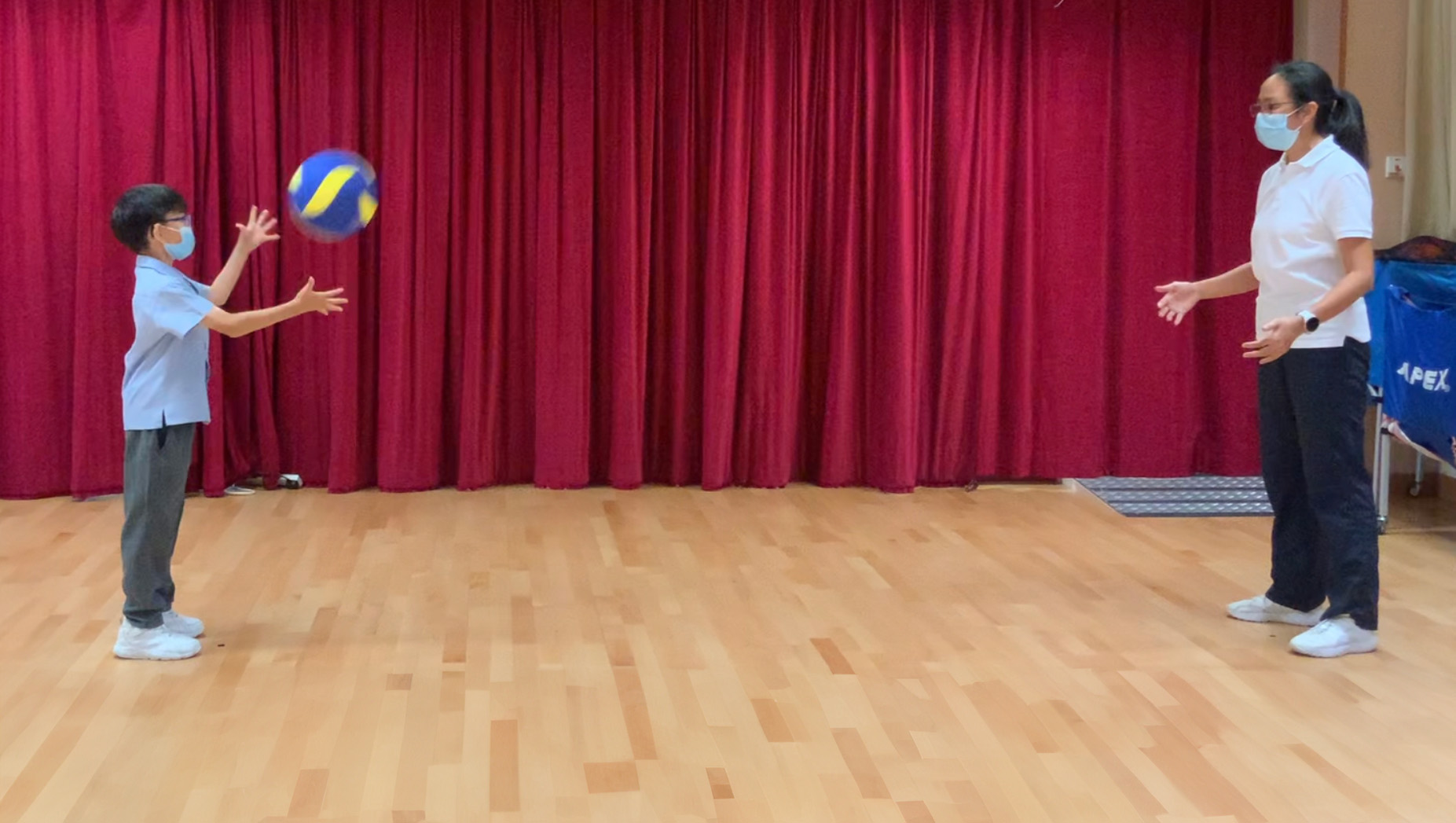 |
||
| Physical Fitness Assessment | |||
.jpg) |
.jpg) |
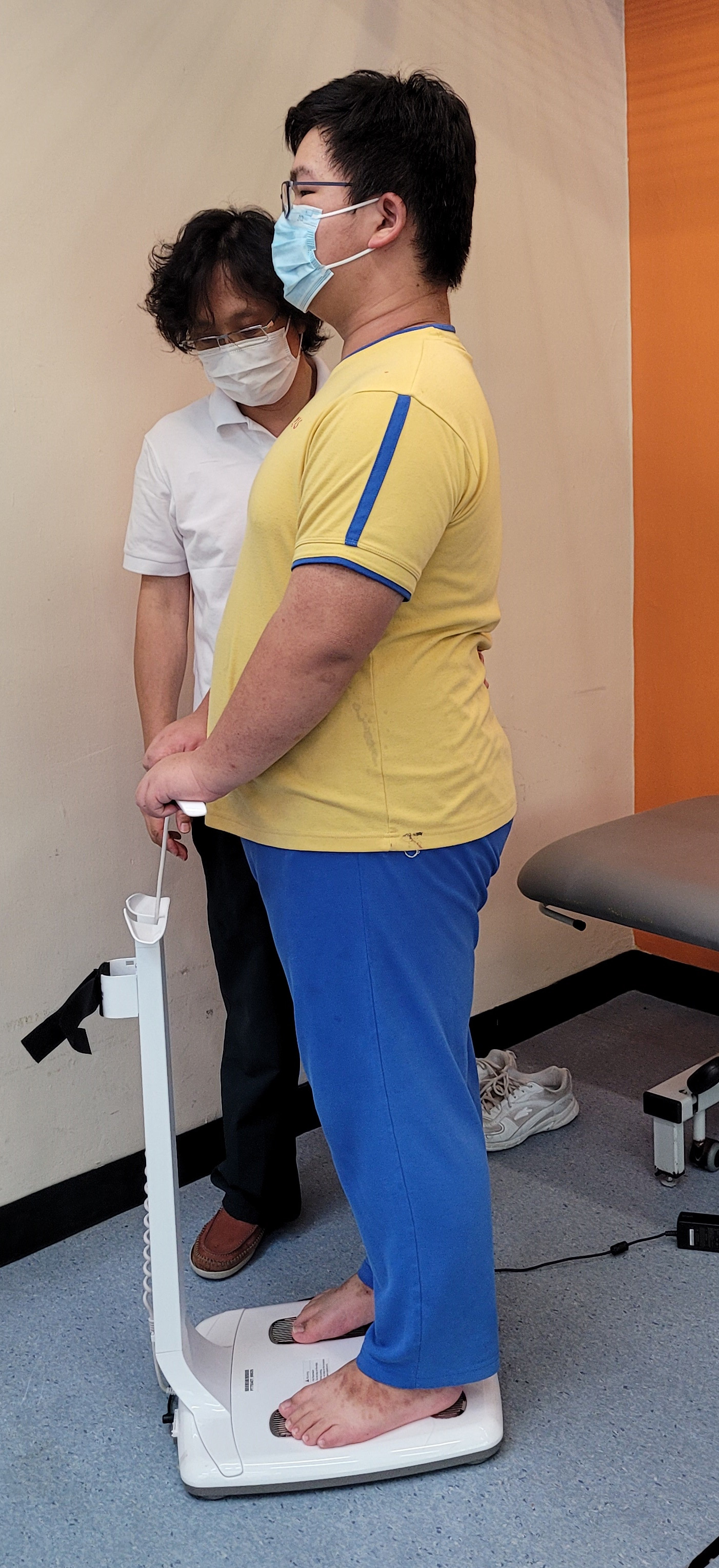 |
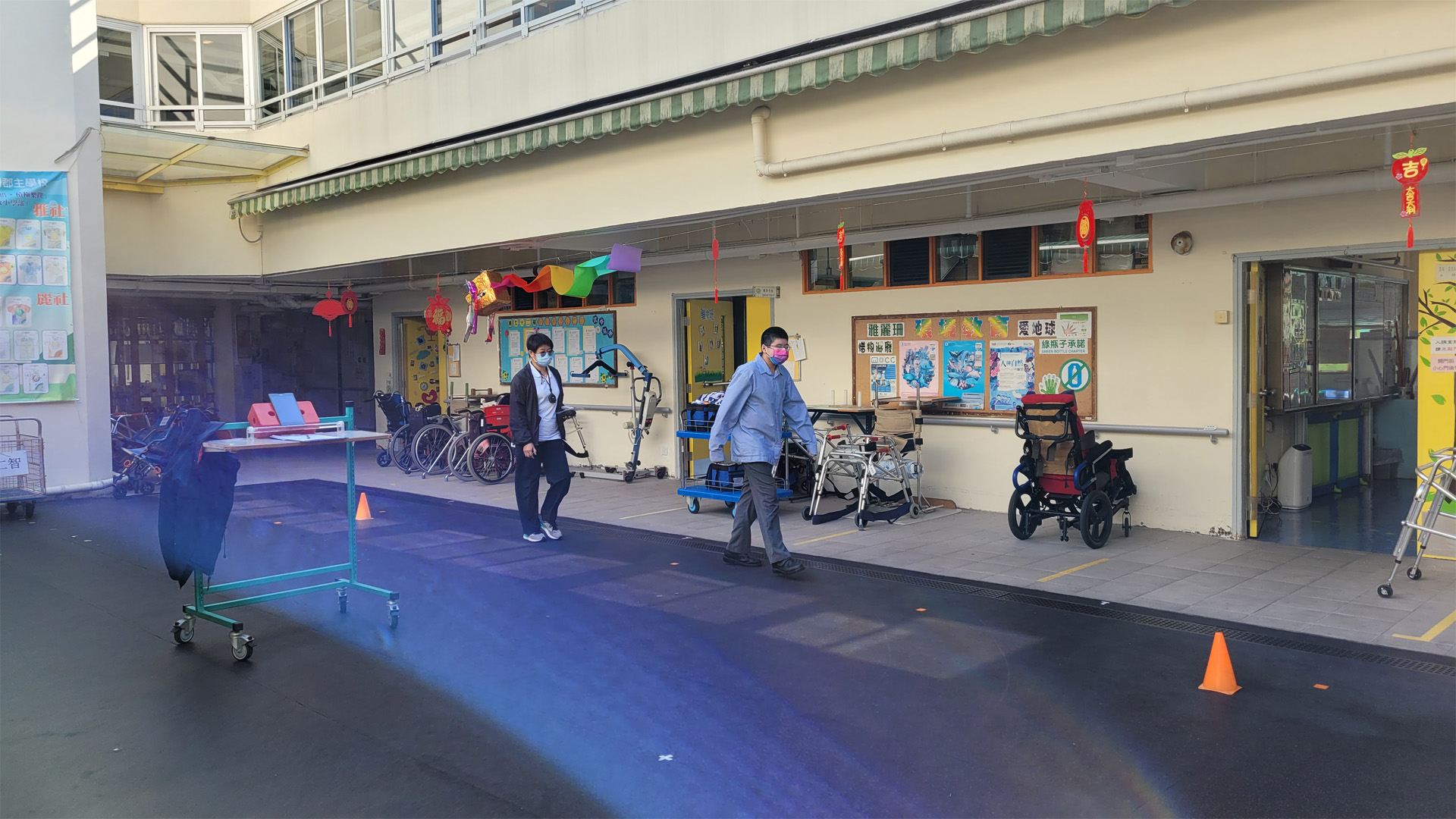 |
| Digitalized Gait Assessment | Assessment of Community Skills |
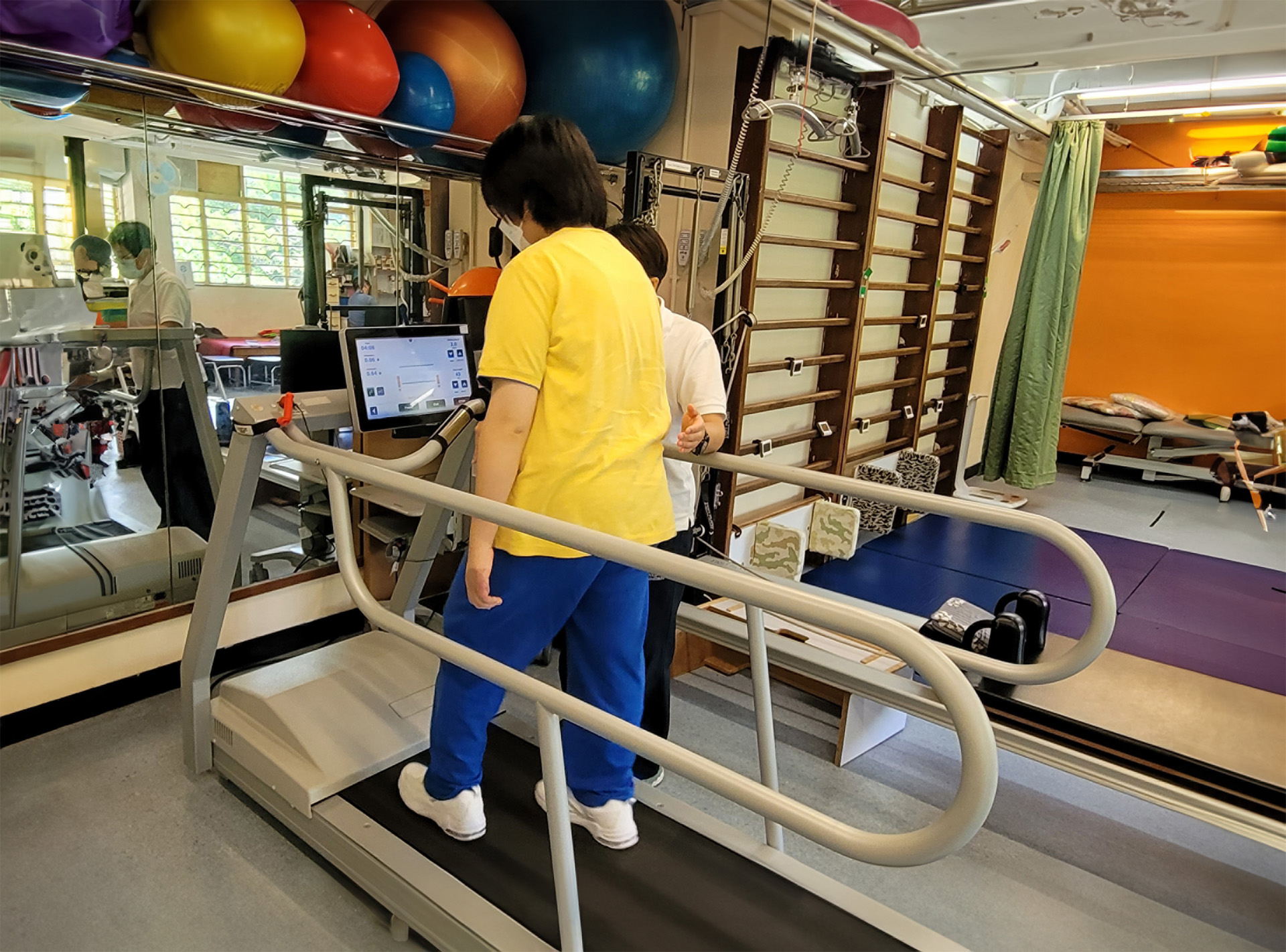 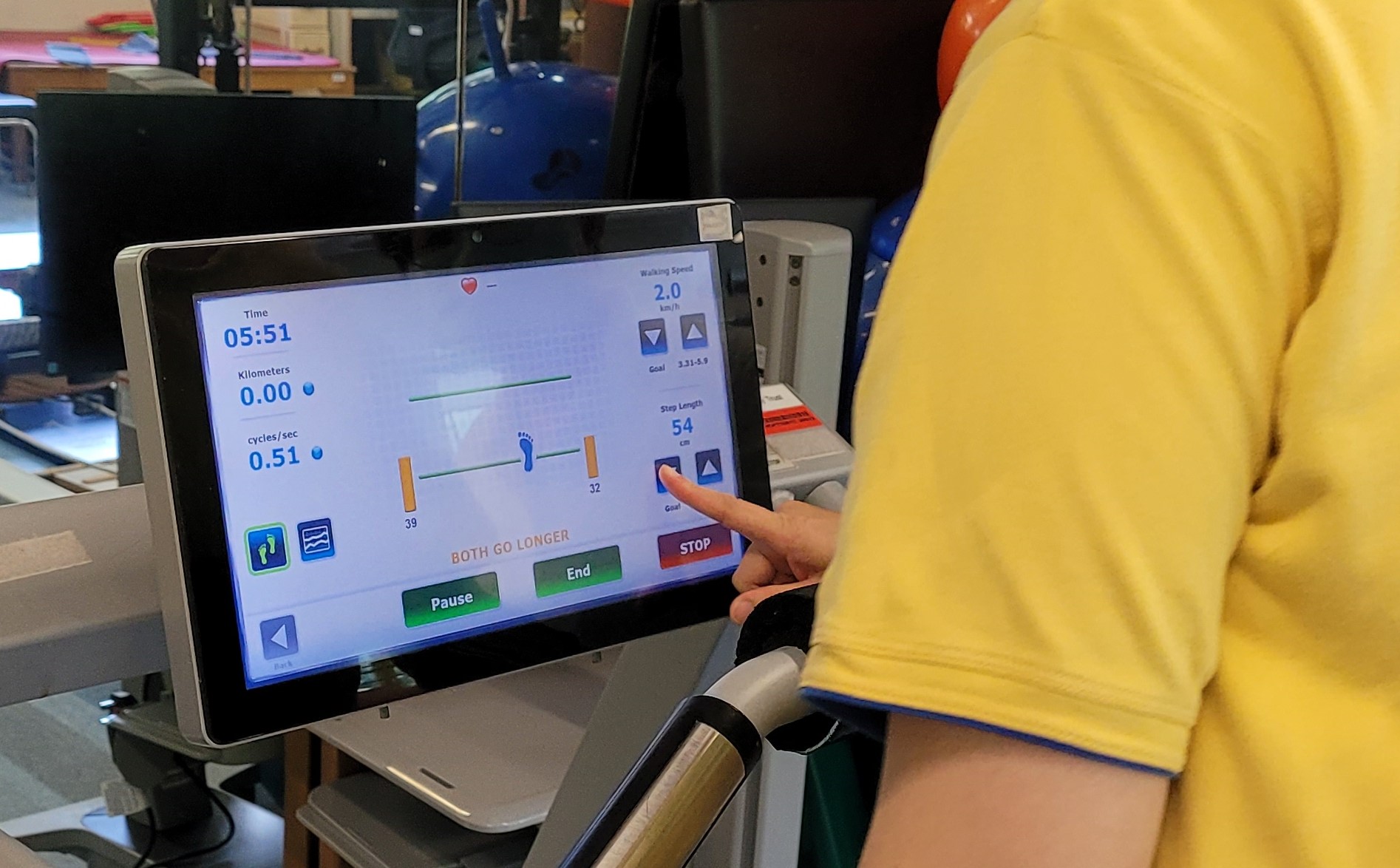 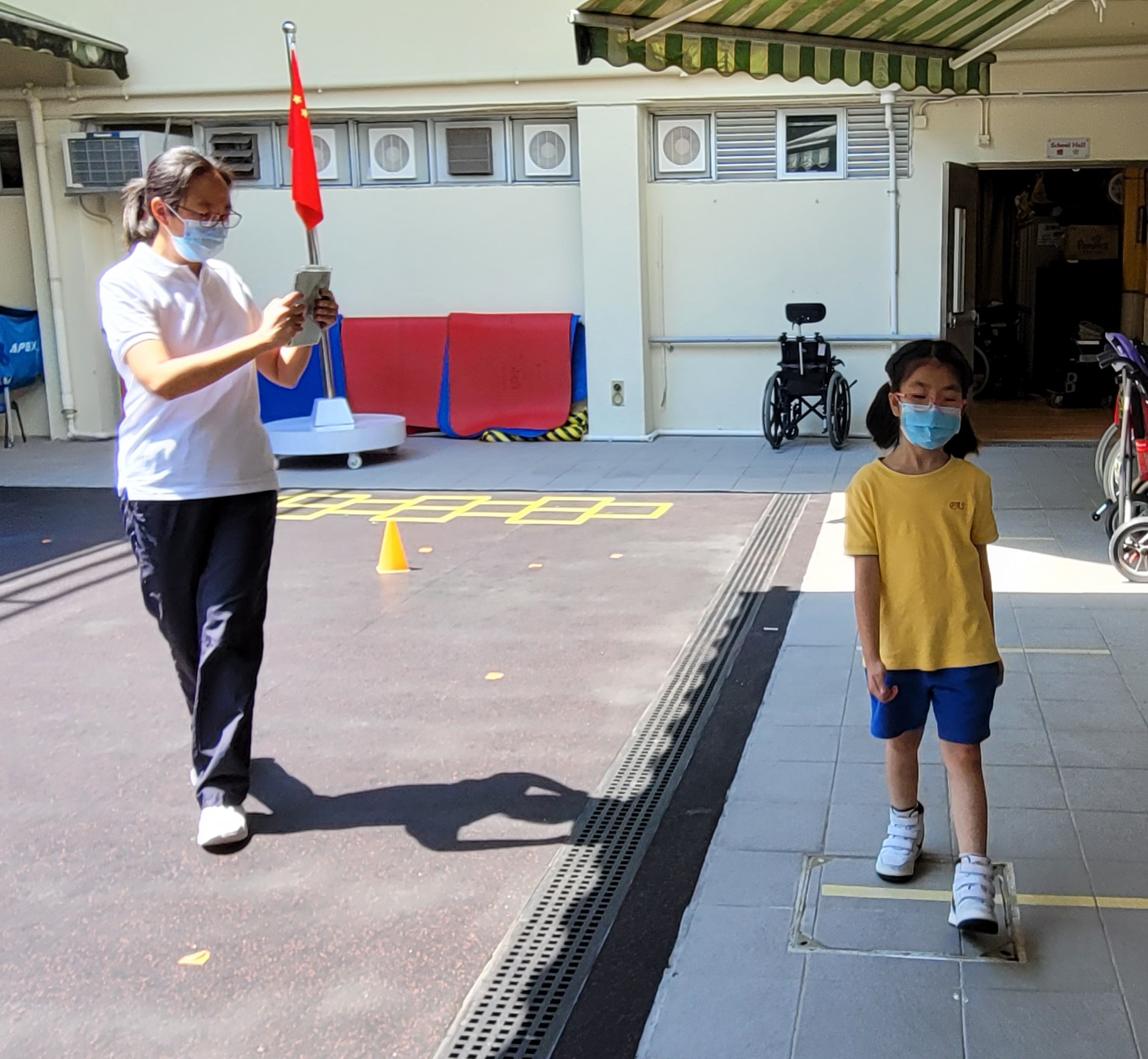 |
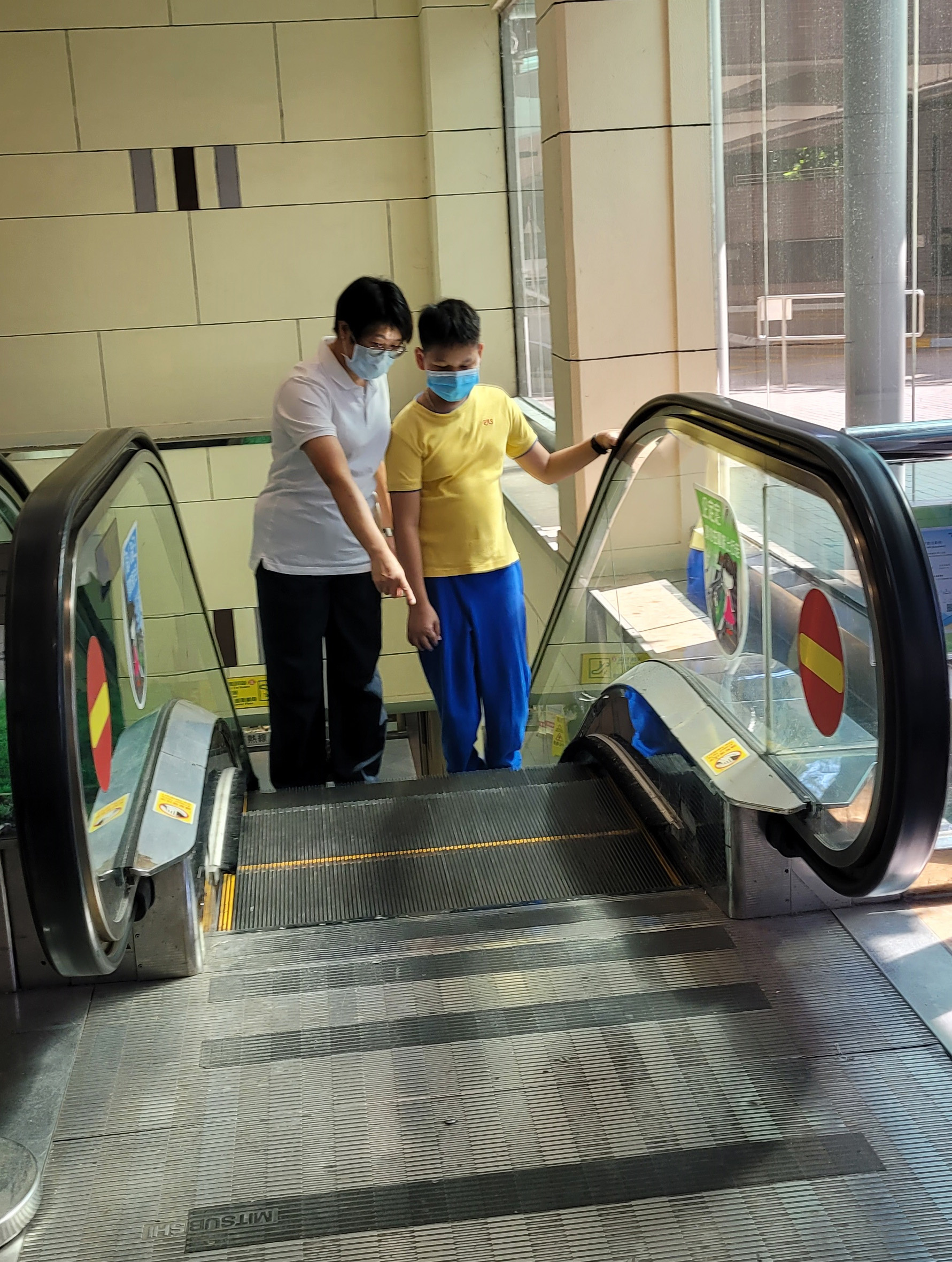 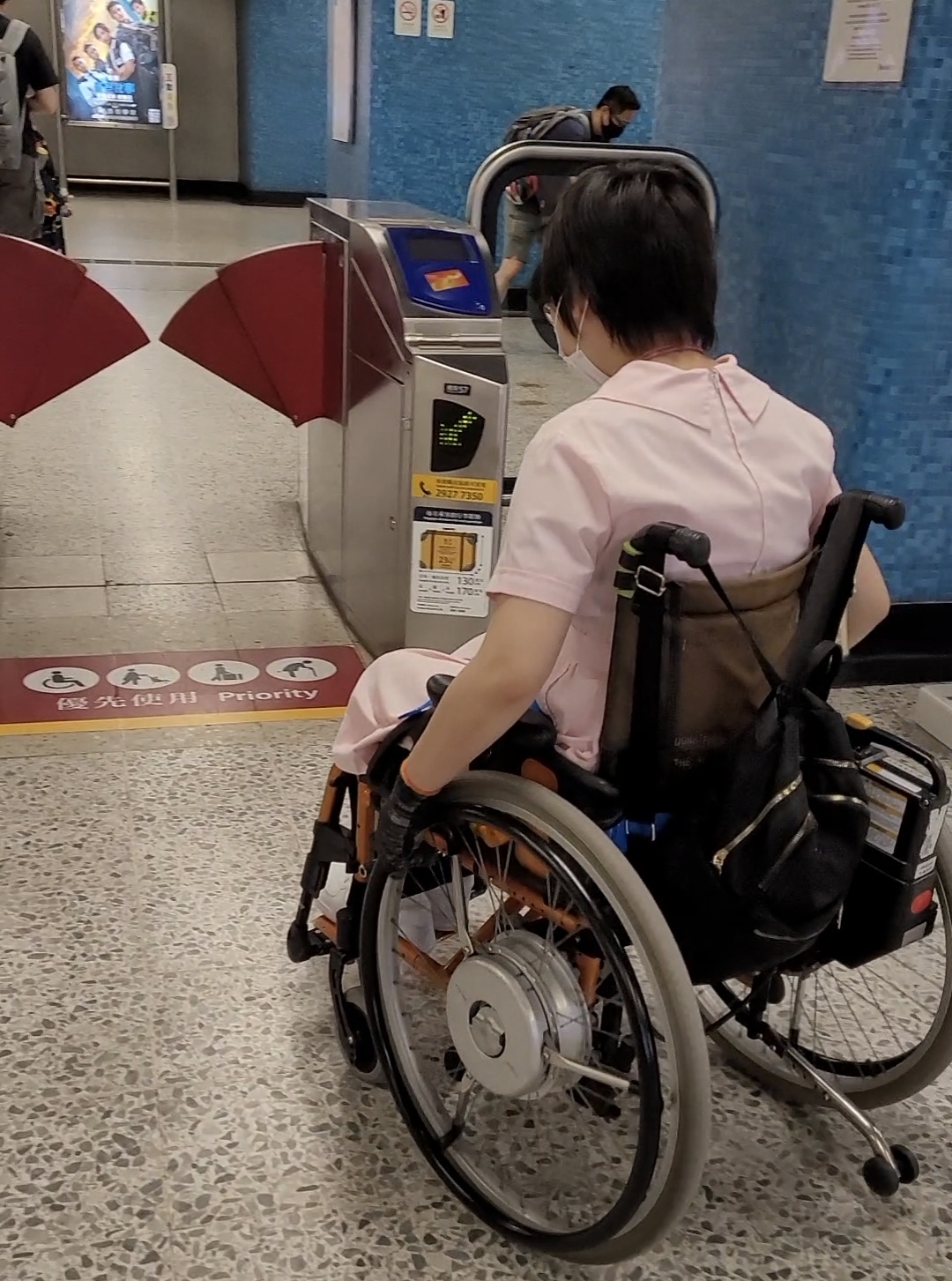 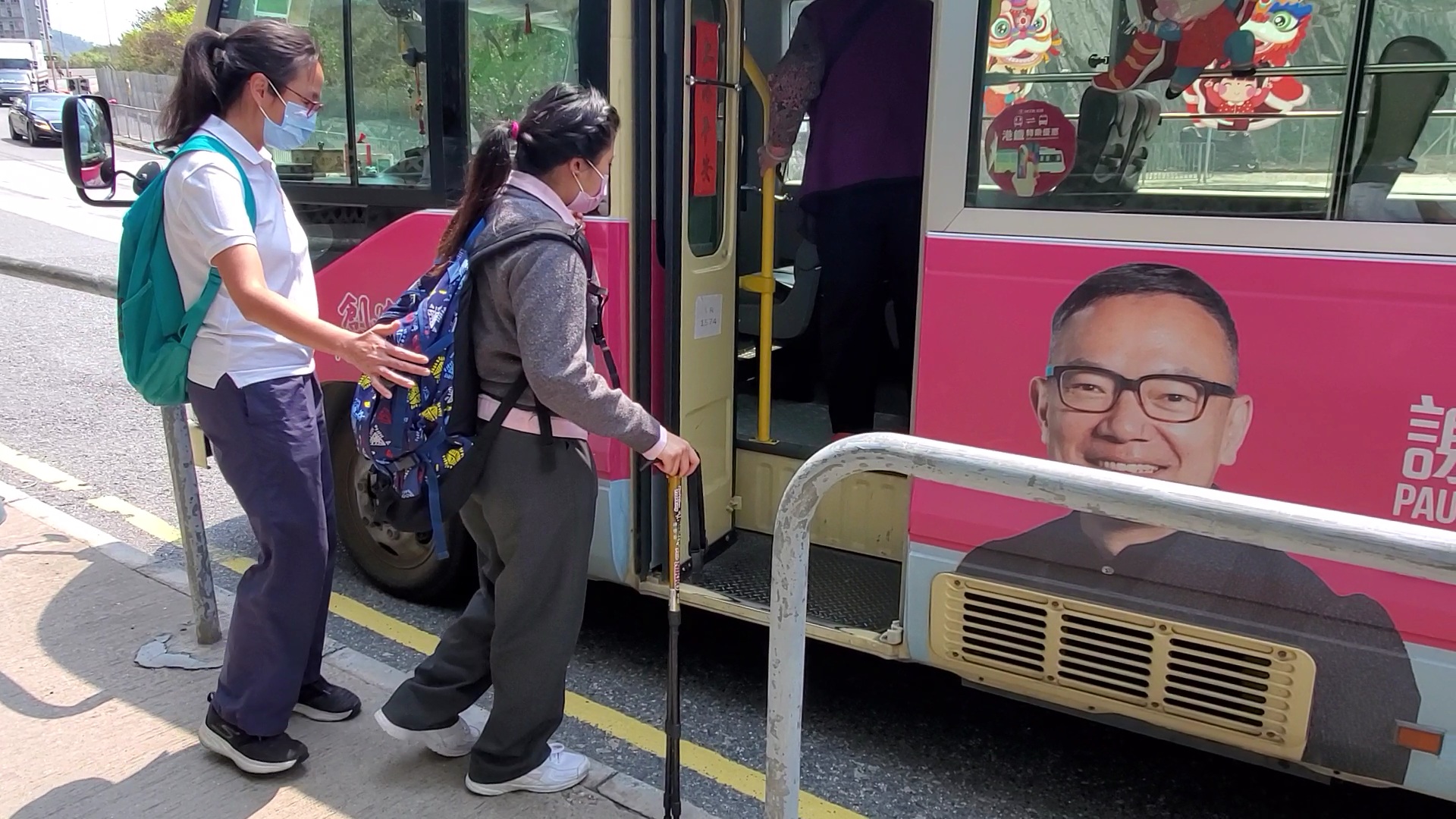 |